 Erin Klein is a middle school teacher in southern Michigan with her Masters of Education in Curriculum and Instruction. Erin has created a fantastic resource for educators in her blog Kleinspiration, showcasing web 2.0 resources that can be used as tools to enhance teaching and learning. Below is more information about Erin and Kleinspiration:
Erin Klein is a middle school teacher in southern Michigan with her Masters of Education in Curriculum and Instruction. Erin has created a fantastic resource for educators in her blog Kleinspiration, showcasing web 2.0 resources that can be used as tools to enhance teaching and learning. Below is more information about Erin and Kleinspiration:
Kleinspiration, a newly created educational blog, brings readers technology treasures for today’s teachers. Classroom teacher, Erin Klein, showcases a rich display of web 2.0 sites for grade levels K-12 and all content areas. Klein states that her focus for selecting sites is based on three main factors: free sites that encourage student collaboration and project based learning, parent-friendly sites that support the student’s studies, and websites that spark higher-level thinking in a manner that is engaging for both teacher and student.
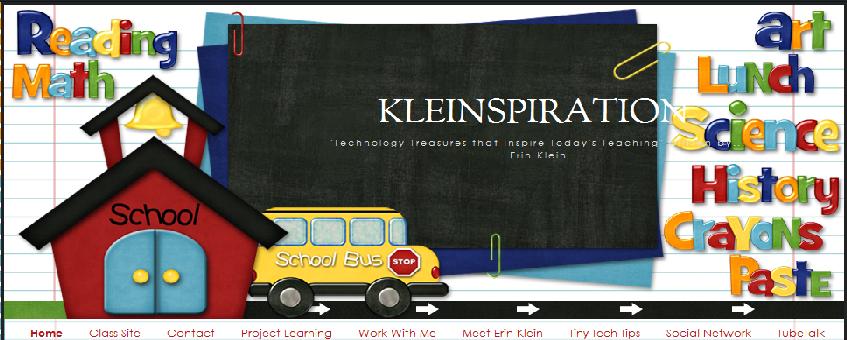
Klein has extensive training in reading intervention programs and roots her style in Dr. Spencer Kagan’s Cooperative Learning Structures to infuse natural collaboration within her classroom and increase active engagement so that all students’ learning potential is maximized. Klein decided to pursue her passion for technology integration when she realized how much her own children were becoming acclimated to technology, and learning so much from it, all at such a young developmental and cognitive learning age. She knew this was their world, and she should embrace it. Times have changed; sadly, classrooms haven’t. Thus, Klein began networking with other teachers and developed ways to comfortably embrace technology.
Klein has worked with teachers across the state of Michigan to help develop creative ways for technology integration into the classroom. Though Klein firmly believes in preparing students for a global society, she continuously reinforces that technology is simply a tool to support and enhance instruction – the teacher and the students drive the learning. Those who have worked with Klein state that the most surprising aspect they walk away with is seeing how truly motivated the students become. Not only are her resources beneficial, but her enthusiastic approach is contagious as she works with fellow educators and students.
Oftentimes, the Internet can become cumbersome for those who only have a brief moment to utilize its full potential. Though most of us would love to include more technology into our lesson planning, we find that we simply run out of time. We run out of time when planning (as there are so many sites to choose from), and we run out of time covering content within the classroom (as there are so many weekly disruptions). Kleinspiration provides a spot where teachers can browse the newest technology finds, while still being reminded of quality sites that have been around, read comments/reviews other professionals/parents have made about a particular site, and peek directly into Klein’s middle school classroom as she shares her own lessons and student product examples. Furthermore, Klein has a contact page where she welcomes questions and opportunities to work together through conferences and workshops.

Kleinspiration provides inspiration to students looking for the ‘just right way’ to present an upcoming project, the parent at home wishing for support to assist with homework, and the teacher who is searching for the perfect gem to jazz up his or her lesson.
Thankyou, Erin, for sharing your wonderful blog with the readers of Bright Ideas. If any readers would like more information, or would like to work with Erin, visit Kleinspiration.

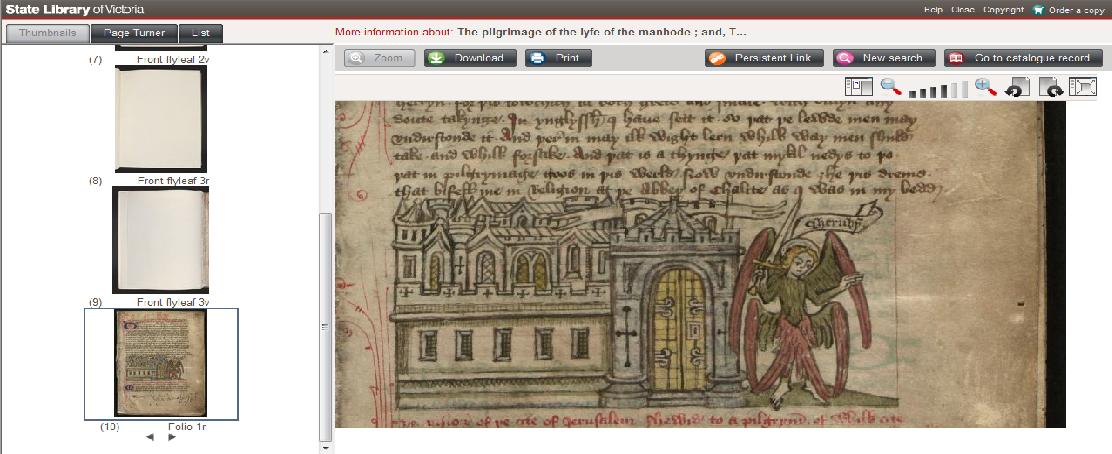

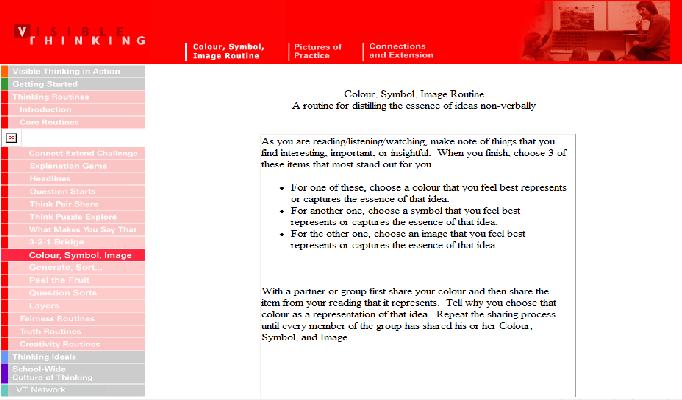
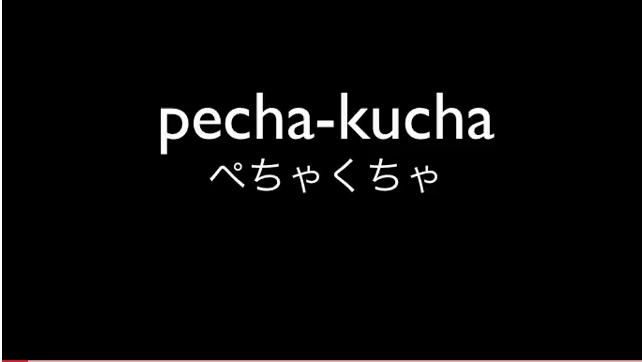

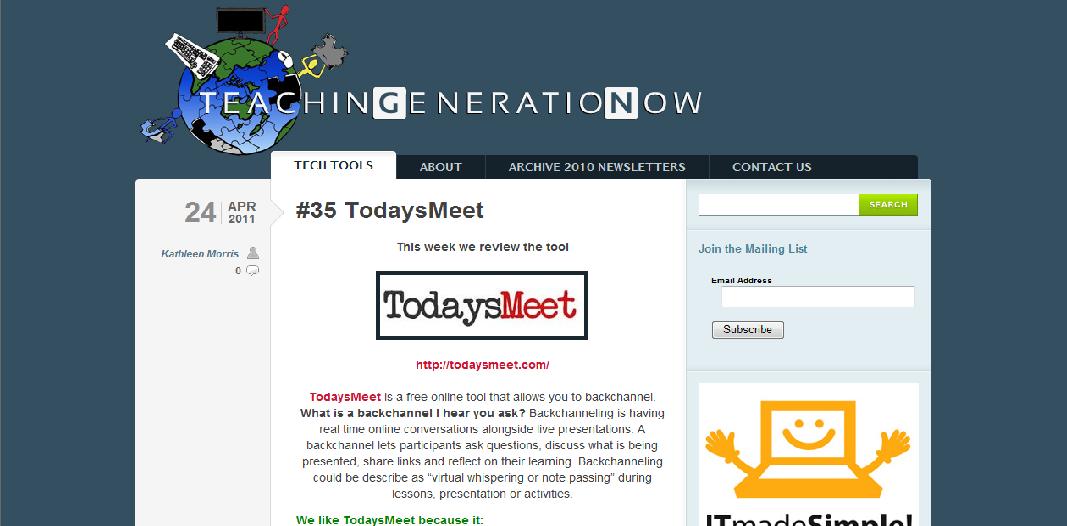
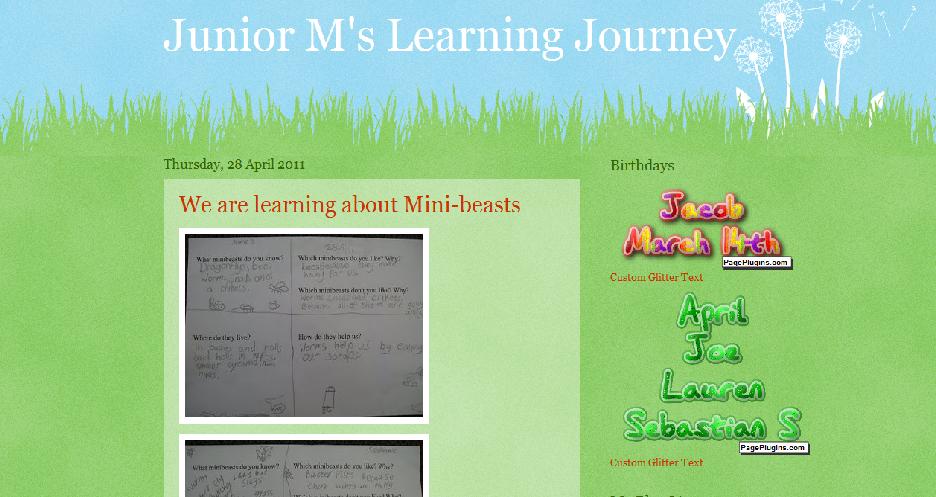

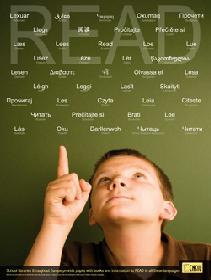 The READ poster comes in size A3 and size A4, and can be used digitally or printed off from the
The READ poster comes in size A3 and size A4, and can be used digitally or printed off from the 


